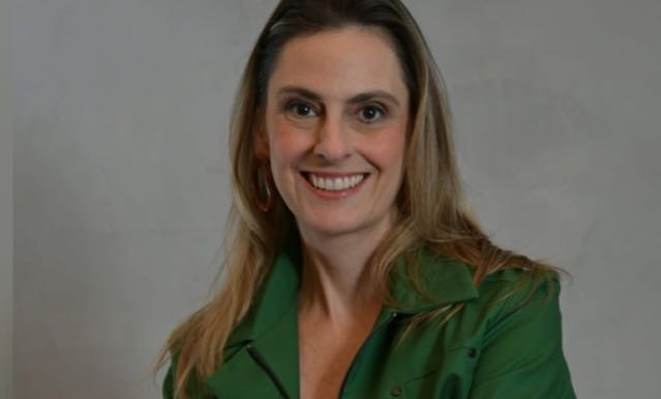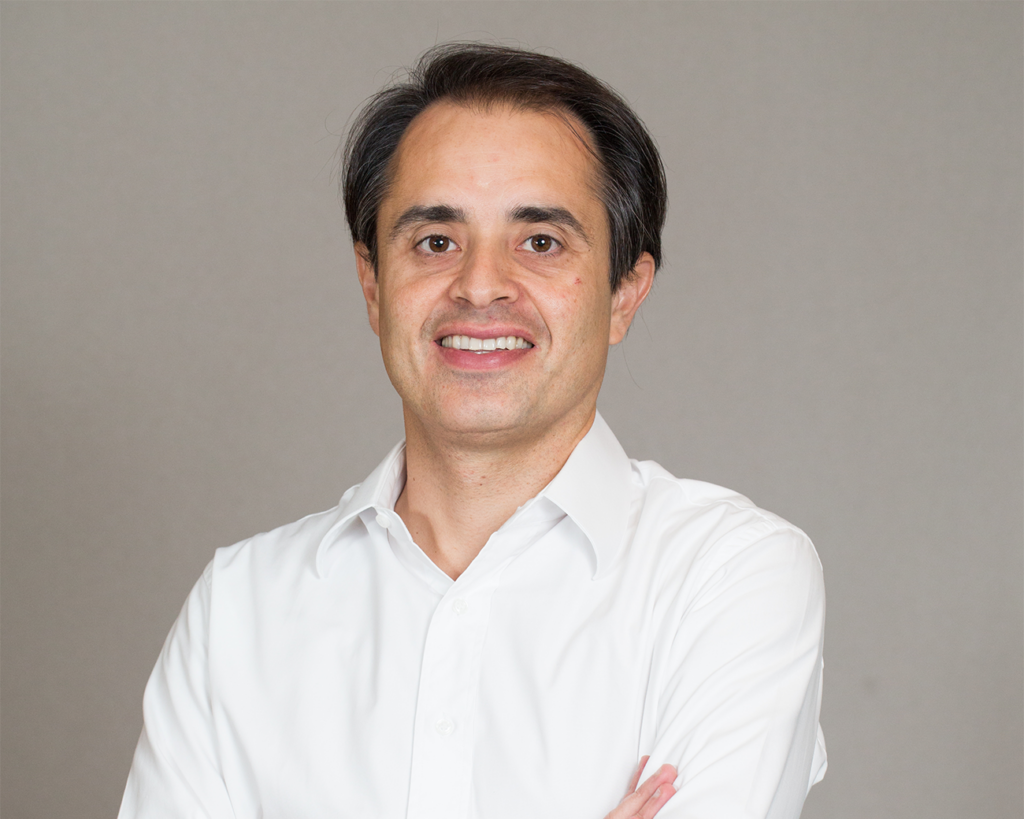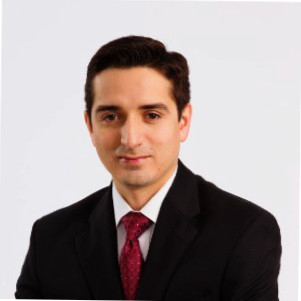LP Profiles, Member Profiles
An Interview with Alonso Angel, Porvenir
26 January 2012

Alonso Angel, Senior Investment Officer at Porvenir, which manages assets for Colombian pension funds, spoke with LAVCA about the evolution of the Colombian PE/VC market and expections for 2012.
 LAVCA: Please tell us a bit about Porvenir.
LAVCA: Please tell us a bit about Porvenir.
Angel: Porvenir is part of Grupo Aval, one of the leading holdings in Colombia and stake holder of Banco de Bogotá, Banco de Occidente, Banco Popular, Banco AV Villas and Leasing de Occidente. It was established in 1991 as a private asset manager of pension funds.
At present we are in charge of US$23 bln under management and our portfolio is made up of US$15.5 bln in four mandatory pension funds (since March 2011, in compliance with the
new regulation that requires pension funds to manage four different mandatory pension funds with different risk profiles), US$1 bln in a severance fund, US$1 bln in a voluntary pension fund and US$5.5 bln in a number of public pension plans.
In terms of diversification strategy, we use an Efficient Frontier approach that allows us to balance expected return vs. volatility in order to allocate our portfolios in different asset classes including local fixed income, local equity, foreign fixed income and foreign equity. From a regional approach we separate developed regions from emerging market regions with breakdowns in sub regions for each. This approach allows us to be geographically selective in allocating the resources of our portfolios.
LAVCA: Pension funds in Colombia have been able to invest in PE/VC for the past 5-6 years. When did you start investing in PE/VC and what has been your experience thus far?
Angel: We started investing in local and foreign PE/VC in 2005. Since then the market has been growing and new international alternatives have been posing a much wider variety of choices. We have included international managers to our alternative investment portfolio spanning a number of vintage years, strategies, regions and sectors with different potential rates of return, and different risk profiles.
LAVCA: How many dedicated Colombian funds has Porvenir invested in to date? How many of these were first time funds?
Angel: Our Private Equity portfolio has around 27 Private Equity Funds, with investments of about US$300M. Roughly 18 of our investments in Private Equity Funds are directed toward 15 Colombian fund managers. Some of them are first time funds. This reflects the reality that the Private Equity Industry is relatively new in Colombia and that Colombian Pension Funds can invest up to 5% of their mandatory funds in Local Private Equity in the case of Moderate Fund, which is the biggest one, and 7% in the Greater Risk Fund, in compliance with decree 857/2011. It is expected that the weight of first time funds in our portfolios start to wane in the following years as we build long term relationships with local managers and discard managers with low track records. However, we would continue to look for good managers that come into the market.
LAVCA: What would be the typical size of a commitment that you make to a fund? Do you typically invest alongside the other pension funds in Colombia, or does each pension fund pursue a different strategy?
Angel: The typical amount we commit per fund is in the US$25M-US$50M range. This target allows us to diversify our alternative investments in different funds by vintage year region, strategy, sector and other criteria.
Each pension fund in Colombia has its own strategy and target amounts to invest in private equity funds. Investment decisions may be related to the size of the pension fund, but there are a number of additional variables that might determine the final amounts of investment in private equity.
LAVCA: How do you go about finding and selecting the best fund managers? How is that criteria different for local vs. global investment firms?
Angel: In order to achieve the best possible performance in our alternative investments, while balancing risk, we analyze a number of both qualitative and quantitative variables. These
variables include experience and stability of the team of managers, especially of the senior members, amount of time that the partners have worked together in the past, strategy of investment, geographical and industry focus, alignment of interests and general consistence among other things. We also take into account whether the alternative is a first time fund.
In global investment firms we focus on the track record which is usually available and accounts for a fairly long period of time.
LAVCA: What is your take on the current state of private equity investment in Colombia?
Angel: From our experience, there are several good local and foreign managers available. However, due to a small but growing local market it is possible to face some difficulties to find appealing local investments.
As local funds get more experience and develop track records, they might keep growing in a fundamental local context of strong growth, inflation under control and developing regulation towards more private participation in public infrastructure projects.
LAVCA: Colombia has been attracting attention from global investors, as well as growing its local investor base. How has this affected the deal environment?
Angel: Colombia has been positioning itself as an investment alternative for foreign investors; this is clear when we see the closing numbers of 2011 of Foreign Direct Investment that added up to US$15 bln, and the Portfolio Investment which reached US$2.6 bln (including government bonds and stocks). This growing interest of investors from abroad for the local Colombian market has had an effect on valuations for domestic investments, but due to the good macroeconomic and fiscal fundamentals, prices might still seem fair or even attractive.
LAVCA: Has there been a shift in expected rates of returns for private equity given recent market turmoil?
Angel: Among the most relevant considerations that explain the performance in a private equity fund investment are the economic cycle and the vintage year. A better performance should be achieved when the vintage year of a private equity fund is close to the trough in the economic cycle. This appropriate timing gives the funds the opportunity to buy assets/companies at below trend prices and the likely recovery adds up an upwards potential to the expected return. The recent market turmoil has generated material downwards corrections in prices that may pose interesting opportunities for private equity funds and the expected returns might be larger than the historical average.
LAVCA: Do you plan on making new investments in 2012? If so, how many investments do you expect to make?
Angel: Our average target is to invest in five to seven funds per year, with average tickets spanning from US$25M to US$50M, adding up to annual commitments of about US$300M. Due to the nature of the market, it is expected that most of this target might be achieved through investments in global funds, though in the mid-term our investments in local funds might gain some participation considering the growing local market.
LAVCA: Pension funds in Colombia are currently allowed to invest up to 5% of overall assets in PE/VC funds. How do you see the allocation to private equity changing over the next 5 years?
Angel: The recently adjusted Multifund local regulation has opened a wider room for alternative investment such as private equity Investments for mandatory pension funds, allowing a 5% weight in each local and foreign private equity for the Moderate Fund, and 7% in each local and foreign private equity fund for the Greater Risk Fund.
As long-term managers, pension funds are growing in long-term, high-yield investments. This is why the industry as a whole is moving towards greater exposure in this kind of alternative up to the limits authorized by the local regulation, depending of the risk profile of the portfolio.
You may be interested in...
-

Luciana Antonini Ribeiro, eB Capital
Executive: Luciana Antonini Ribeiro, Co-Founder and CIO Member Name: eB Capital Year...
-

Cristiano Gioia Lauretti, Kinea Private Equity
Member: Kinea Executive: Cristiano Gioia Lauretti, Head of Private Equity HQ: São...
-

Maria Pia Iannariello, MGM Innova Capital
LAVCA recently spoke with Maria Pia Iannariello, Co-Founder & COO of MGM Innova Capital,...
-

Rafael Ramirez, Portfolio Manager, Alaska Permanent Fund Corporation
LAVCA recently spoke with Rafael Ramirez, Portfolio Manager– Private Equity &...